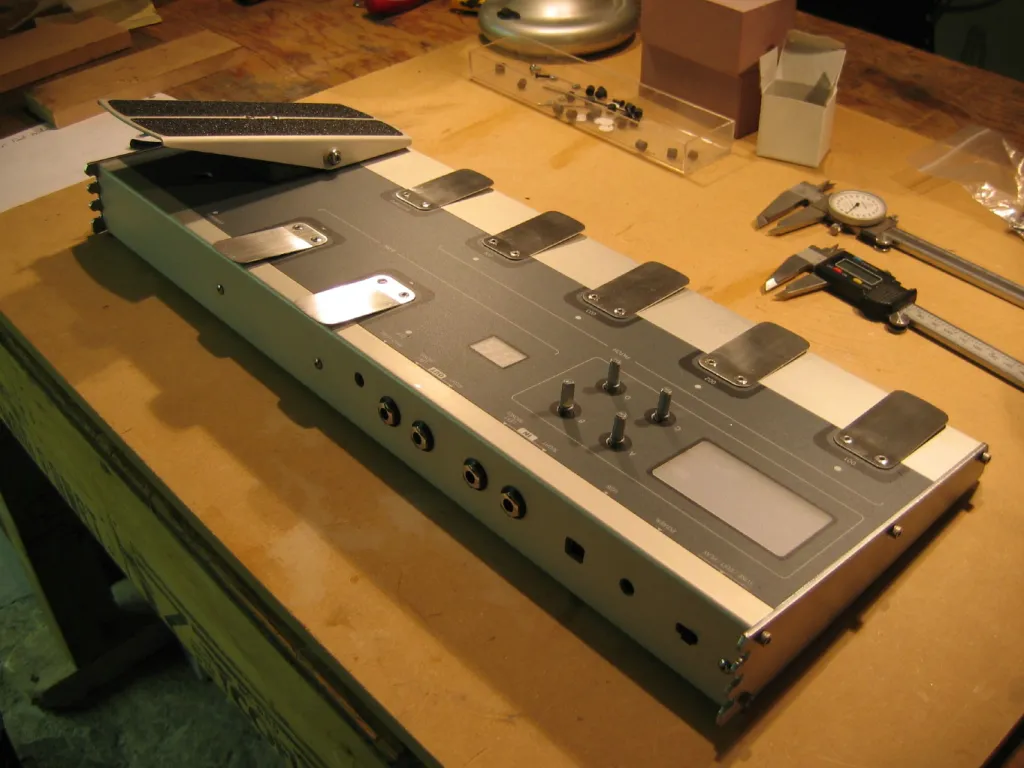Mode Design Constraints
Designing a complex interface for a hardware device that balances functionality, usability, and the constraints of physical space and user expectations.
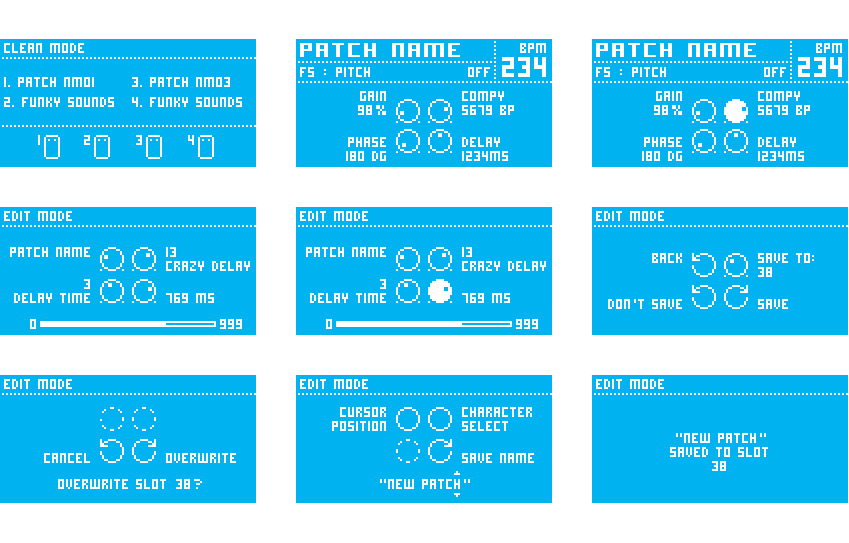
CREATE A COMPLEX INTERFACE WITH 7 PEDALS, 4 KNOBS, AND 8,192 PIXELS? HELL YAAAASSSSS!
The product was cheap to manufacture in low volumes and easy on the eyes. It did however come with the challenge of introducing a complex interface to be controlled by 7 pedals and 4 knobs.
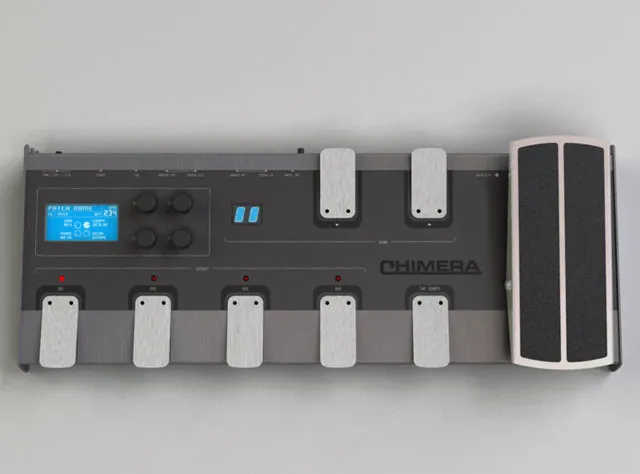
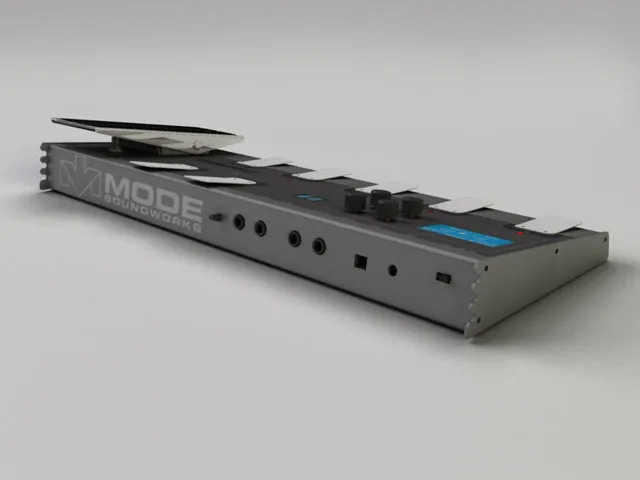
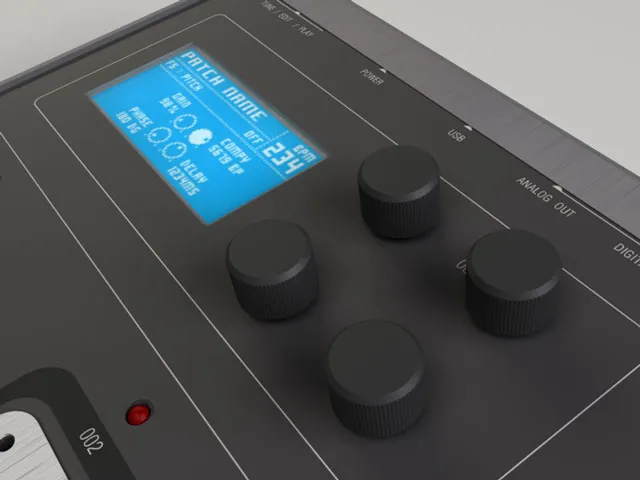
Target User
The target user audience were younger musicians who had an attitude to shun the larger brands. These individuals had the following characteristics.
Rebel
They are rebellious, not really caring what others think of them and not wanting to conform to using the main brands.
Cash Strapped
They are cash strapped, so we needed to be conscious of the price point.
Creative
They are highly creative, and with most creatives have a very strong opinion of what looks good and what doesn't.
Building the Interface
To start I needed to source the screen and become familiar with the hardware specs. A screen was found that met our product and aesthetic requirements. It was small however with a max resolution of 128px wide, 64px tall.
Interface Design
Clean Mode
The interface starts in clean mode where users can select from their patch presets. Pedals 1-4 select different patches, while the 5th pedal handles pagination through the preset library.
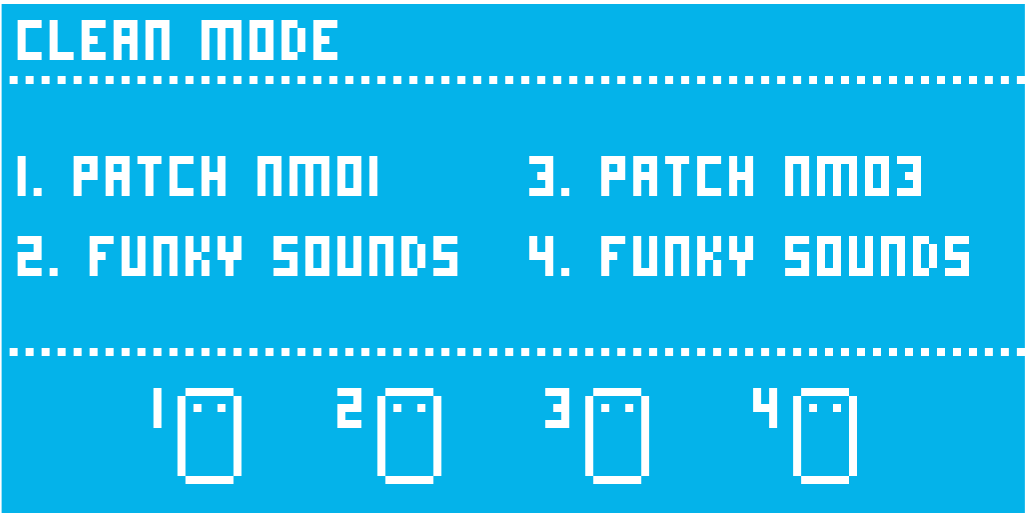
Patch Selection
Selecting a patch displays its detailed parameters including gain, compression, phase, and delay settings. The 5th pedal returns users to clean mode for easy navigation.
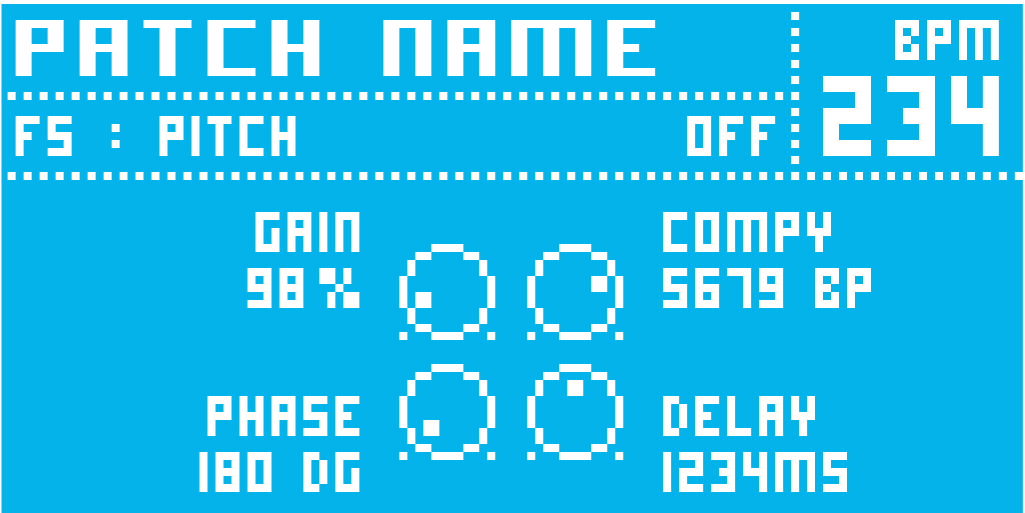
Real-time Adjustment
During performance, musicians can adjust the selected patch parameters in real-time. Changes are immediately displayed on screen, allowing for dynamic sound manipulation without interrupting the flow.
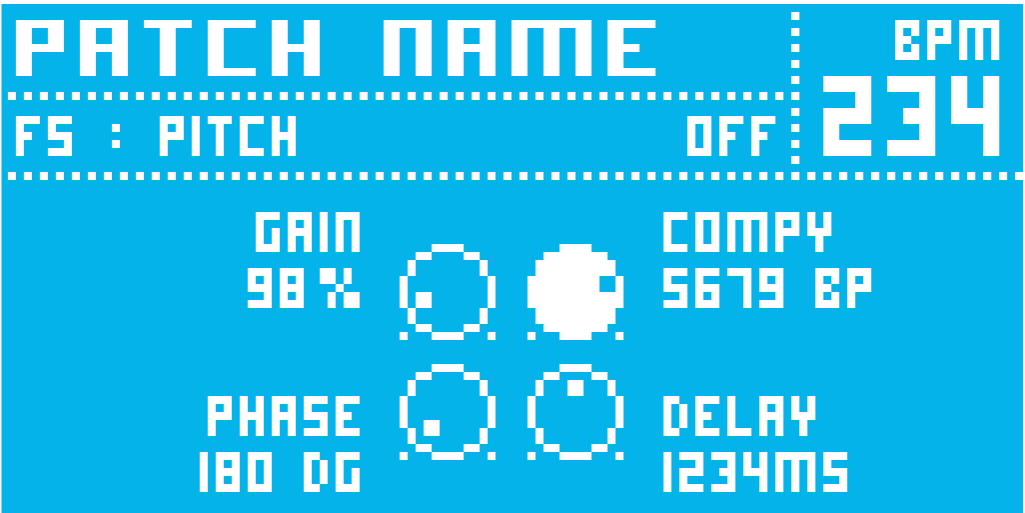
Edit Mode
Pressing the right top pedal enters edit mode for the selected patch. The interface uses a 4-tier hierarchy system with knobs, allowing for quick parameter adjustments and patch cycling at scale.

Parameter Fine-tuning
In edit mode, users can fine-tune specific parameters using the knobs and sliders. The interface provides precise control over delay times, effects intensity, and other critical sound shaping elements.

Saving Changes
A 1/4 revolution interface where "Back" returns and keeps information in cache, while "Don't Save" returns and destroys changes. "Save" continues and saves the patch. The top right knob selects the slot to save to.
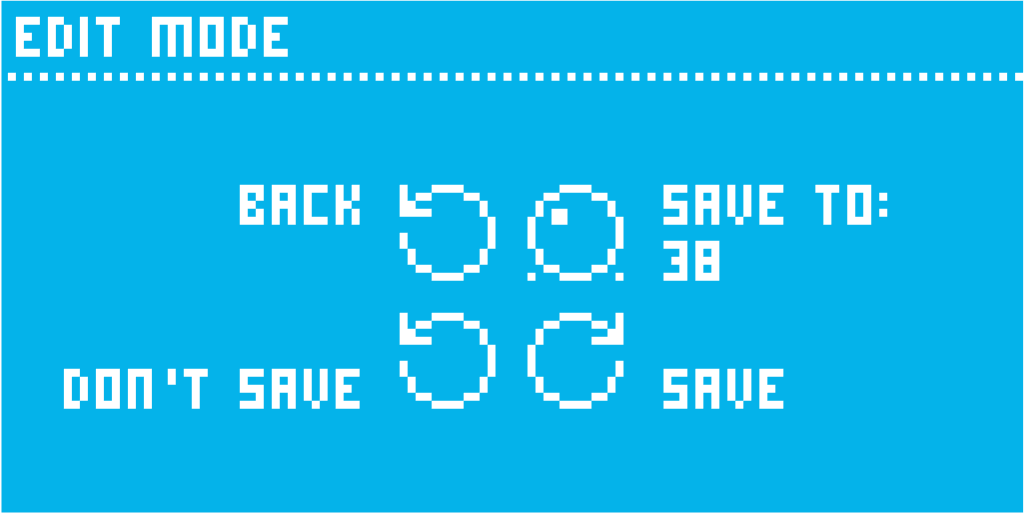
Overwrite Protection
If a patch already exists in a slot, the musician will be prompted to either overwrite or cancel. This prevents accidental loss of existing patches and ensures intentional decision-making.
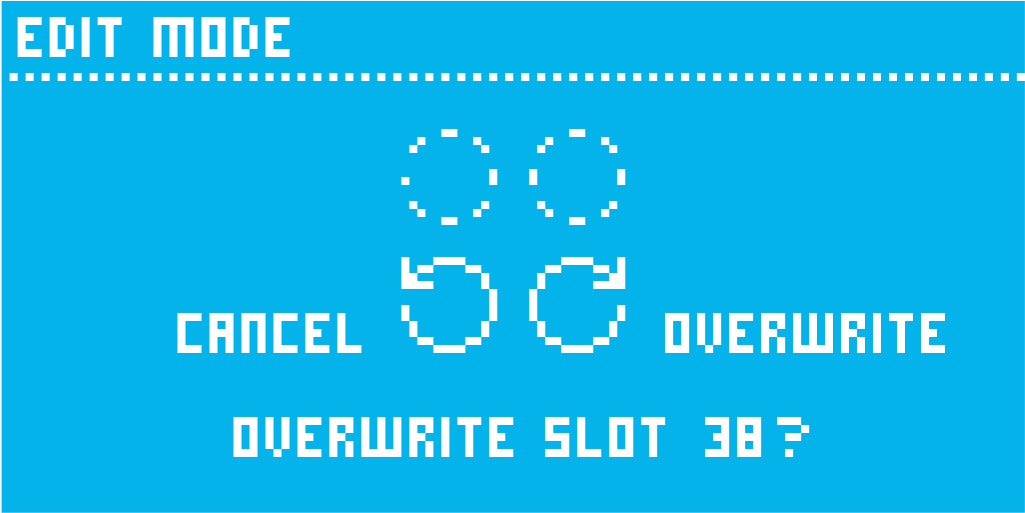
Patch Naming
The top left knob selects the cursor position, the top right knob selects the character, and the bottom right saves. This intuitive control scheme allows for efficient patch naming within the constrained interface.

Confirmation
When a new patch is created or overwritten, the musician receives clear feedback of the action. This confirmation ensures confidence in the save process and validates successful operations.
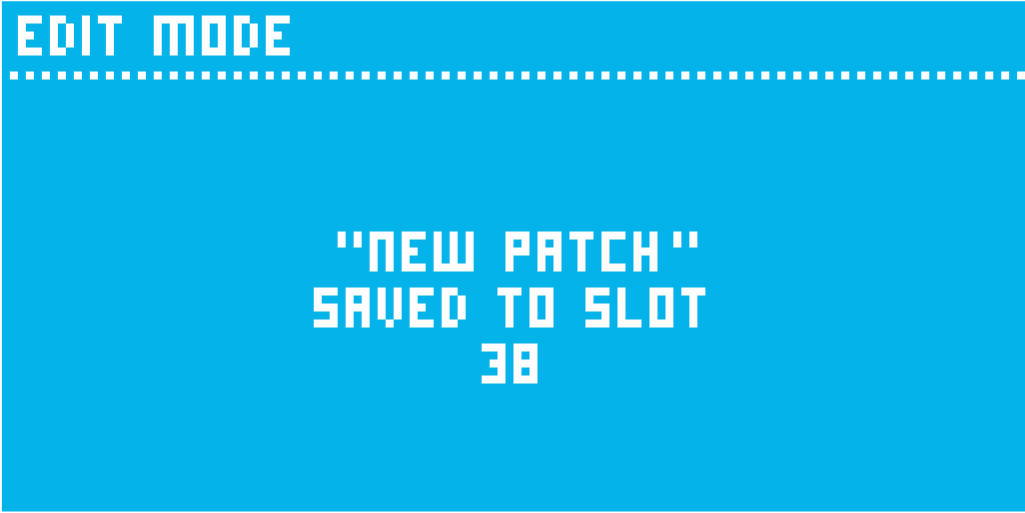
Learnings
Through testing, it was clear that musicians with an existing knowledge of effects boards had an easier time learning the interface. Non-musicians generally completed most tasks, but sometimes required guidance - especially while orienting with the controls.
Unfortunately the Mode team failed to get the funding required to produce the product at scale, so if you're lucky enough to have one of these products, please let me know. I'd love to play with it again.
